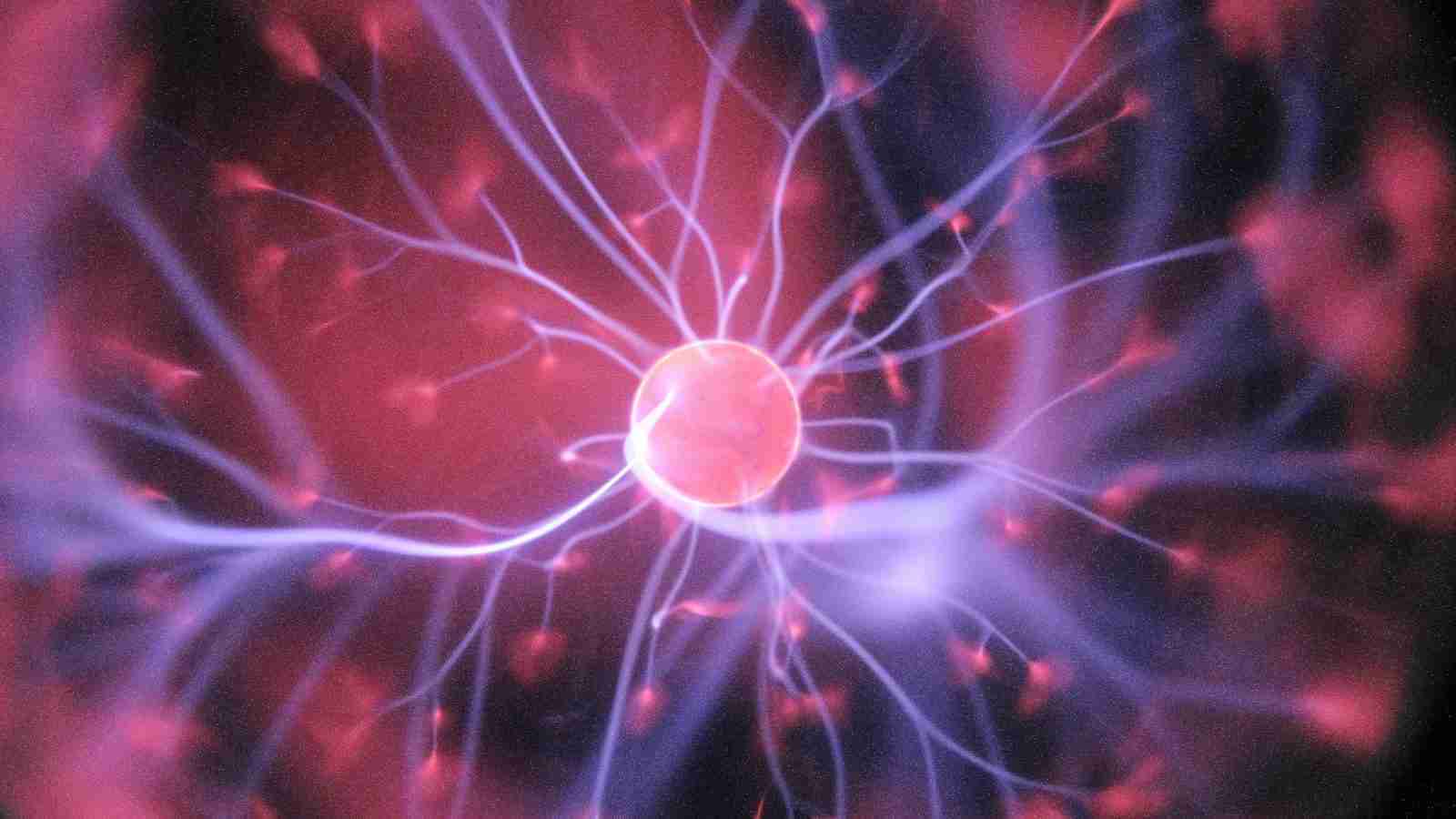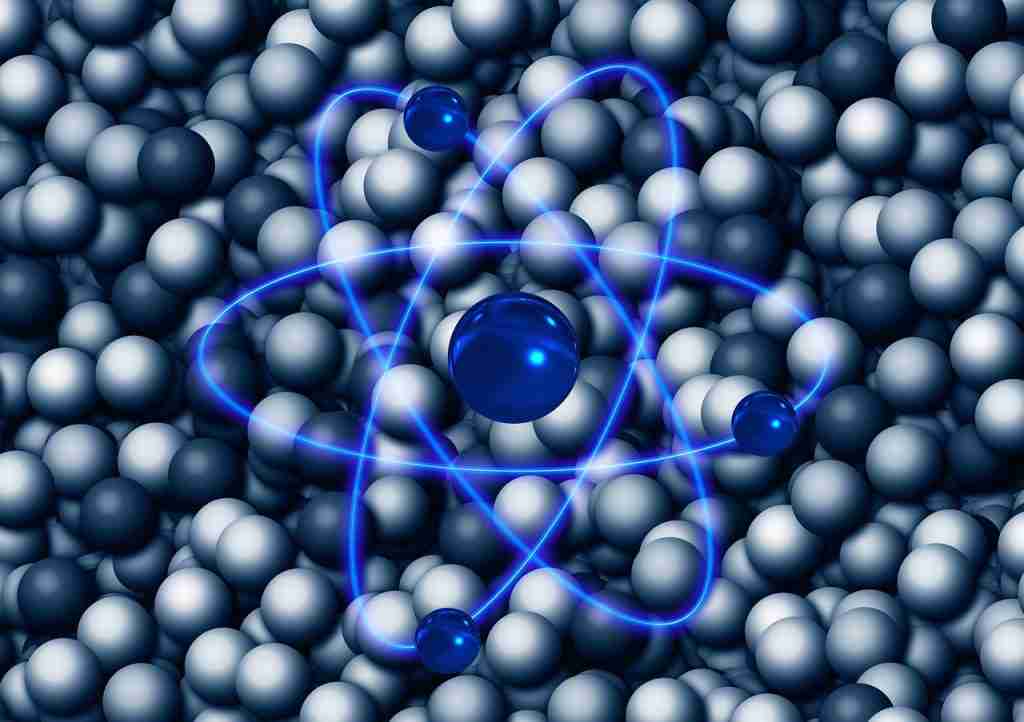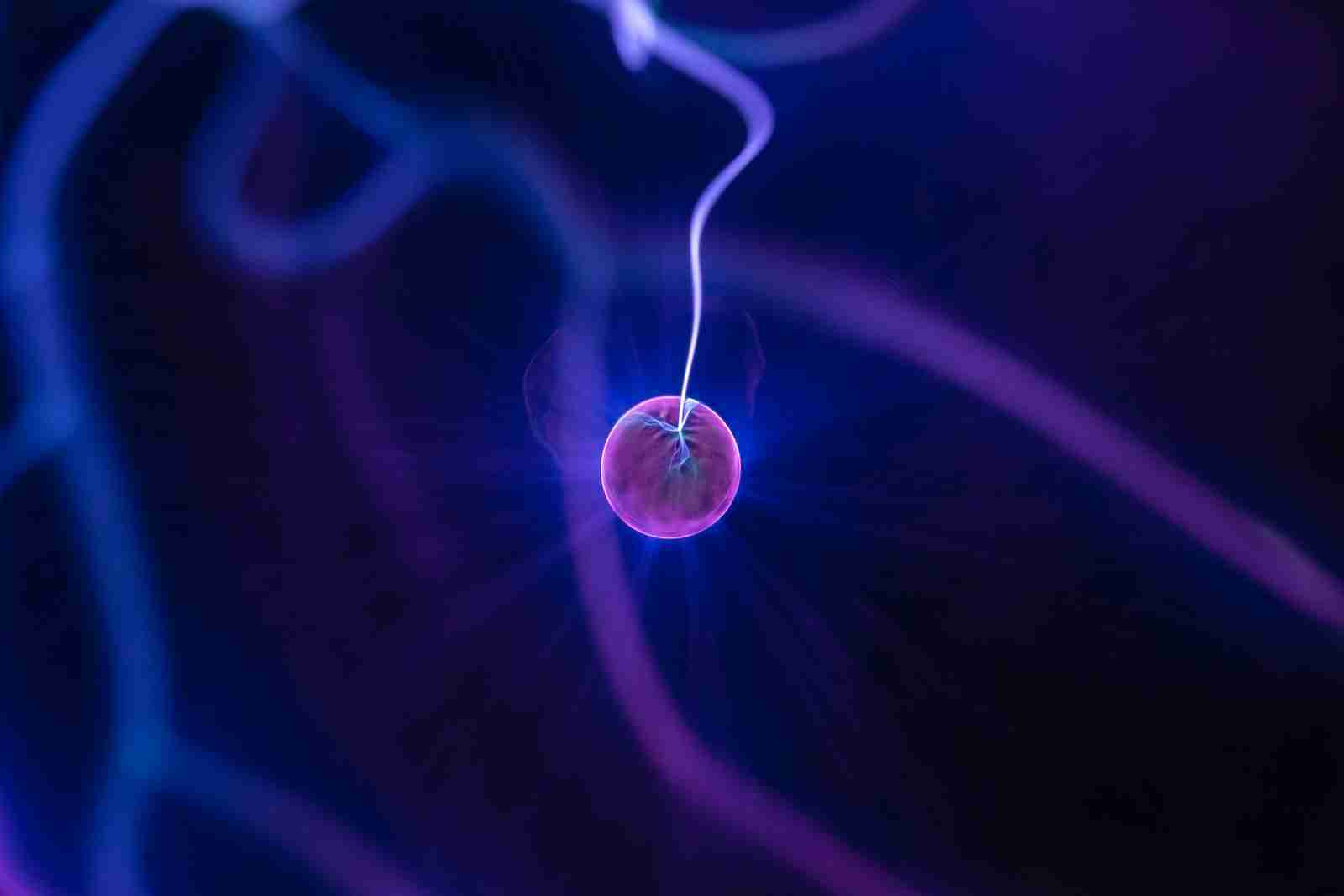20 Interesting Facts About Higgs Boson (The God Particle)
1. The Higgs Boson is a particle that is believed to give other particles mass.
The Higgs boson is a subatomic particle that has piqued the interest of scientists for decades. This revolutionary discovery is believed to fill in the gaps about how particles acquire mass.
It is thought to travel through space undetected, until it interacts with other particles, imparting its own unique qualities.
A profound understanding of the Higgs boson could be critical to further progress in fields like quantum mechanics and particle physics.
2. Higgs Boson was first proposed by physicist Peter Higgs in 1964.
In 1964, physicist Peter Higgs proposed a revolutionary theory – the Higgs Boson.
This unknown entity was named the Higgs Boson, a crucial constituent in earning him the coveted Nobel Prize in Physics.
Speculating its implications on physics, this new particle radically altered our understanding of energy production, mass and structure of matter.
3. The Higgs Boson is also known as the “God particle”.
The Higgs boson stands at the core of the Standard Model, a celebrated concept in physics that underpins much of our understanding of the inner workings of the universe.
Some refer to it as the “God particle,” a moniker that has taken on rather poetic connotations over time.
It was mentioned only briefly in 1964 by Peter Higgs, who foresaw its existence, but wasn’t recognized as anything tangible until 2013 when its particles were observed at high combustion by physicists working at CERN.
4. The Higgs boson is extremely difficult to detect and study due to its extremely short lifespan.
The Higgs boson is remarkable for its extremely short lifespan, making it one of the most difficult particles to detect and study. Detecting and studying this particle requires astonishing technological advancements and feats of precision engineering.
Understanding the behavior of this particle despite its evanescent nature furthers our knowledge both of quantum physics and of the nature of matter.
By shedding more light on such a fleeting, yet crucial element, scientists can open up countless new possibilities in both theoretical research and real-world applications.

5. Higgs Boson’s existence was confirmed by the Large Hadron Collider (LHC) at CERN in 2012.
The Higgs Boson, the elusive lifetime subatomic particle existing only in the most extreme conditions of temperature and pressure, gained widespread notoriety after its existence was confirmed by the Large Hadron Collider (LHC) at CERN in 2012.
This marked a major milestone in physics research as it meant that a theory proposed by Theoretical Physicist Dr. Peter Higgs was accurate: current theories couldn’t justly explain matter’s mass and properties without a particle like the Higgs particle.
Researchers had been attempting to prove its existence since the 60’s, but no extreme environment like what was built at CERN had yet been available to fully observe it until this point.
6. The Higgs Boson is thought to be responsible for the Higgs field, which is a field of energy that permeates all of space.
First postulated in 1964, the Higgs Boson is now widely accepted as the particle responsible for what we call the Higgs field.
This field is an invisible energy force thought to permeate all of space, thrusting mass into particles and giving them the building blocks of their size and shape.
Without this mysterious yet powerful energy force, it’s hard to imagine how anything would take on actual size or density—a concept often referred to as the “Structure Problem.”
It would seem that without this intriguing field of energy—the elusive Higgs Boson—simply wouldn’t have any of us here today.
7. The Higgs field is believed to interact with other particles, giving them mass.
Many believe that the Higgs field, otherwise known as the “God Particle,” is capable of imparting mass to other particles in its environment.
This fascinating particle describes a field that blankets the entire universe. It’s believed that interactions between this invisible field and elementary particles provide them with mass.
Scientists around the world have spent decades researching this revolutionary notion, providing us with much-needed insight into the mysteries of particle physics!
8. The Higgs Boson is a scalar particle, which means it has no spin or intrinsic angular momentum.
The Higgs Boson is amongst one of the most fascinating particles discovered in physics. It’s a scalar particle, setting it apart from other particles that have an intrinsic spin or angular momentum.
A scalar particle has no spinning component; there’s no intrinsic movement when the particle moves through space. Because of its lack of spin, physicists are still perplexed by how the Higgs Boson may be interacted with to gain a greater understanding of our universe and its environment of energy and matter.
Famed physicist Stephen Hawking estimated that without an understanding of the ways in which a spinless particle interacts, the fabric of our working universe would irreversibly change.

9. The Discovery of the Higgs Boson was a major breakthrough in our understanding of the universe.
In 2012, the world made a huge leap forward in its knowledge of the mysteries of the universe with the Discovery of the Higgs Boson.
This incredible breakthrough helped us comprehend some of the intricacies of matter at an elementary level, which can no longer be ignored or disregarded.
Beyond that, it enabled scientists to explore neutral currents involved in particles with decay leptons. It also made sense why some’s particle masses appeared identical at high energies when separated from one another due to space-time curvature.
What’s more, this momentous Discovery was the beginning for understanding how much about the cosmos we didn’t know — how unknown variables can constrain cosmological models and even narrow down our options when exploring extra real universes, if there are any beyond our own that remain untouched by experiment.
10. The Higgs Boson is thought to have been present in the universe just a fraction of a second after the Big Bang.
The Big Bang is believed to have unleashed the power of the Higgs Boson onto the universe in a fraction of a second. Scientists are fascinated by learning more about this mysterious molecule, which has been deemed fundamental to our universe’s composition and behavior.
Astronomers hypothesize that its minuscule mass enabled it to extend from every corner of existence within a few nanoseconds following the grand event of creation.
This elusive beast has presented us with new evidence about particles inversely proportional to their mass which gives credence to Einstein’s Special Theory of Relativity.
11. The Higgs Boson is believed to be responsible for the spontaneous breaking of electroweak symmetry, which is thought to have occurred in the early universe.
The Higgs boson has been seen as vital in understanding how the physical universe works. Believed to be responsible for the spontaneous breaking of electroweak symmetry, its effect is thought to have had a serious impact on the early universe.
Without such extraordinary events playing into its evolution, describing our world today without this ‘God particle’ would be almost impossible.
We can attribute some of nature’s most complex and impressive phenomena to this intricate system greatly influenced by the lasting consequences of this cosmological event.
12. Some theories suggest that the Higgs Boson played a role in the formation of galaxies and the distribution of matter in the universe.
Many hypotheses and theories propose that the subatomic particle called Higgs Boson contributed to the formation of galaxies and influenced how matter is distributed throughout space.
Scientists theorize that once this small minuscule part formed shortly after the Big Bang, a restoration of balance between matter and energy was established leading to the eye-catching visuals of clusters of stars forming galaxies.
This balance was further solidified by forcing different elements in the universe to have contact with each other resulting in this force’s fascinating production time and time again.
13. Higgs Boson opened up new avenues of research and has the potential to lead to further discoveries.
The discovery of the Higgs Boson reignited interest in particle physics and enabled a range of previously impossible experiments.
Its ability to explain why particles have mass put it at the forefront of scientific understanding and provided answers to some perplexing physics questions.
From this foothold, new pathways are now being explored that may ultimately lead to more profound discoveries in the field of quantum mechanics and beyond.
Excitement is mounting as researchers continue to search for unexpected possibilities that this revelation may bring forth.
14. The Study of the Higgs Boson may help us to understand the nature of dark matter, dark energy, and the unification of forces.
The Higgs boson is a fundamental scientific quest that strives to provide further insight into our world.
By studying its properties, we have an opportunity to emerge closer than ever before to understanding concepts such as dark matter and dark energy, topics that remain mysterious today.
Moreover, exploring the ramifications of the Higgs boson may likewise contribute to an account for the seemingly disparate forces in nature that all arise from one unified source.
Understanding these enigmatic features of reality requires further exploration into the secrets hidden within this extremely elusive particle.
15. Higgs Boson is a reminder of the vastness and complexity of the universe, and the ongoing quest to understand it.
Higgs Boson does something surprising; It humbly reminds us of the mindboggling vastness and complexity of what exists in the universe.
Far from being abject awe, this discovery by physicists serves as a reminder that science is still ever pushing on in its noble quest to unravel mysteries far beyond comprehension.
It furthermore stands firm as evidence that progress is possible, no matter how daunting the task may seem.
16. Higgs Boson is a topic that will continue to be studied and researched for many years to come.
Higgs Boson has captivated scientists since its discovery in 2012, prompting research and new discoveries. Since then, progress being made in studying this topic has come to light with much enthusiasm.
The discovery of the Higgs boson was a major milestone in the field of particle physics and has led to many new areas of research, including the search for physics beyond the Standard Model.
There is still so much potential for exploration in the fields of particle physics, quantum mechanics, and predictive analytics leading the charge.
Predictive models built upon current data offer insight into theories for us now, but ongoing research and modern analysis will help answer bigger questions over time.

17. The Higgs Boson is a neutral particle, it does not carry any electric charge.
The Higgs boson is a subatomic particle that was discovered recently; scientifically, it is known as the crucial missing piece of the Standard Model of particle physics.
Its defining characteristic? It does not carry any electrical charge. This prevents it from going under the radar; no part either attractive or repellent forces could influence its trajectory, meaning it moved relatively unbothered by natural laws.
18. The Higgs Boson has a short lifetime of about 10^-22 seconds before it decays into other particles.
The Higgs Boson is a rare particle, with a lifetime strictly measured in fractions of a second.
Specifically, its measured lifespan is approximately 10^-22 seconds before it decays into other particles.
It receives relatively little attention, due to its extremely brief existence; still, the understanding of its place and structure within the Standard Model proffers unparalleled insight into the modality of matter’s creation and composition.
19. The Higgs Boson is thought to have played an important role in the formation of protons and neutrons, the building blocks of atoms.
The Higgs Boson is a key element of modern physics. This particle has a fascinating role and is thought to be an integral factor in the creation of protons and neutrons, the two building blocks of atoms.
Without the existence of this particle, our nuclear anatomy that we so heavily rely on would be drastically different from how it stands.
20. The Higgs Boson is also thought to play a role in the unification of the weak and electromagnetic forces, which would be a major step towards a grand unification theory.
The Higgs Boson may have an essential spot in the grand unification of physical laws. New theories suggest that it plays a significant role in bringing together weak and electromagnetic forces.
Such a unifying force could mark an impressive step toward a better understanding of our universe and its manifold laws –– the Grand Unification Theory itself!
Although scientists have yet to fully grasp the importance of such an achievement, they are nonetheless intrigued by its potential implications.








